AM707HB Anti-Microbial Mildew Resistant Epoxy
AM707HB is a two component 100% solids colored epoxy floor coating designed for applications where a high build impact and chemical resistant floor is needed. AM707BB has good color stability and topcoating with an aliphatic urethane or polyaspartic is optional depending on color stability requirements. Requires use of compatible epoxy primer for best results.
AM707HB Epoxy contains an antimicrobial chemical agent to prevent microorganisms from growing on the surface and are specially formulated to resist mildew growth on the coating film. The dry coating film of these products are mildew resistant, resists mold fungus and resists stains by mold, In addition, the dry coating film inhibits the growth of bacterial odors, resists microbial odor development and retards the growth and action of bacterial odors. As part of routine building maintenance, areas should be inspected for visible mold and the conditions causing the mold should be corrected to prevent mold from growing.
Available in a high gloss with a wide selection of 20 color options. Comes in 1.5 gallon kits 3 gallon kits and 15 gallon kits.
PRIMER: Recommend the AM5015 Water Based Epoxy Primer or other suitable primers.
TOPCOAT: Optional: Our AM322HW Semi-Gloss Urethane for increased UV stability. Many urethane and polyaspartic coatings are acceptable
AM707HB Anti-Microbial Mildew Resistant Epoxy Used?
- Garages
- Auto Service Centers
- Warehouses
- Laboratories
- Aircraft Hangers
- Cafeterias
- Floors subject to frequent exposure to water and high humidity environments
Why AM707HB Epoxy?
- Anti-Microbial agent added to prevent surface growth of micro-organisms
- Specially Formulated To Resist Growth Of Mold, Mildew, Fungus On The Surface and helps prevent odors that can result
- High Build – 100% Solids Commercial Epoxy
- Long POT Life (working time) 30-50 min
- Excellent Adhesion 450 psi
- Abrasion resistant Only 32 mg loss (Tabor test)
- Good Chemical Resistance
- High build 12-30 mils one coat (53 – 130 sq’/gal)
- Wide Variety of 20 Colors





